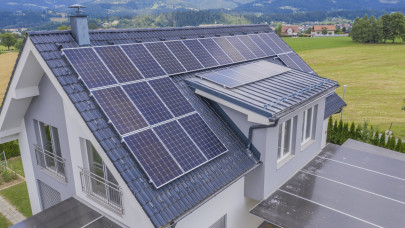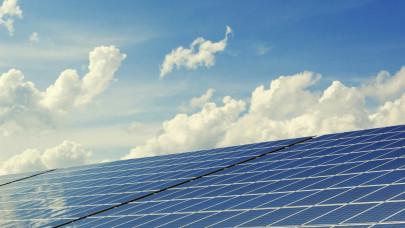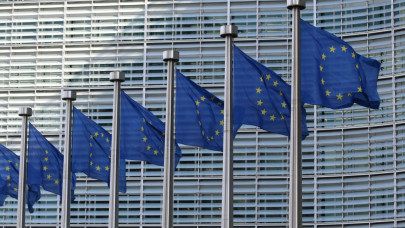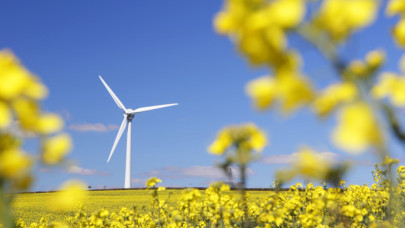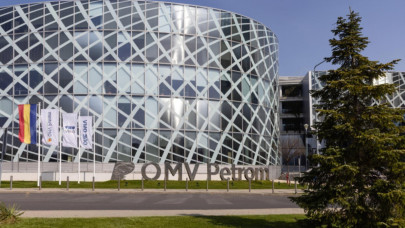Some countries have significantly reduced their energy usage, while others have seen increases due to specific demands, such as EV battery plants in Hungary. The region has balanced its electricity imports and exports, with a larger proportion of power generation now coming from renewables. The variation in energy price increases for households is staggering, with some countries experiencing only modest rises while others have seen prices nearly double. However, in terms of energy supply diversification, CEE countries are relatively well positioned in comparison to the rest of the EU. Due to the need for stable and cheap electricity, more governments are looking into expanding their nuclear capacities.
The EU's green transition is poised to accelerate significantly, fueled by substantial funding from the Recovery and Resilience Plan (RRP) and the RePowerEU initiative. A significant portion of the RRP is dedicated to green initiatives, with a particular focus on energy efficiency, sustainable mobility, and renewable energy sources and networks.
As the 2026 deadline looms, CEE countries have been slower to utilize the available funds. Hungary, embroiled in a rule-of-law dispute with the EU, has only received pre-financing. Poland also faced significant delays in payments, which were only resolved after a change in government. Slovakia experienced a similar delay in its fourth payment, though this issue has been recently resolved.
According to JRC research, the mix of price-setting technologies is unlikely to change dramatically by 2030. Natural gas is expected to continue dominating electricity prices in the near term, followed by other non-renewable technologies.
While renewable energy capacity is growing, its impact on price-setting is limited by factors such as supply instability and the need for backup power plants. During periods of favorable weather conditions, renewables can meet or exceed demand, leading to lower electricity prices and reduced profitability for renewable producers. Conversely, during unfavorable weather or high demand, more expensive gas-fired power plants become dominant.
Despite the anticipated growth in renewable capacity, research suggests that the residual load—the difference between demand and renewable generation—will still be met by more expensive gas-fired power plants in most EU countries, particularly during peak daytime hours.




